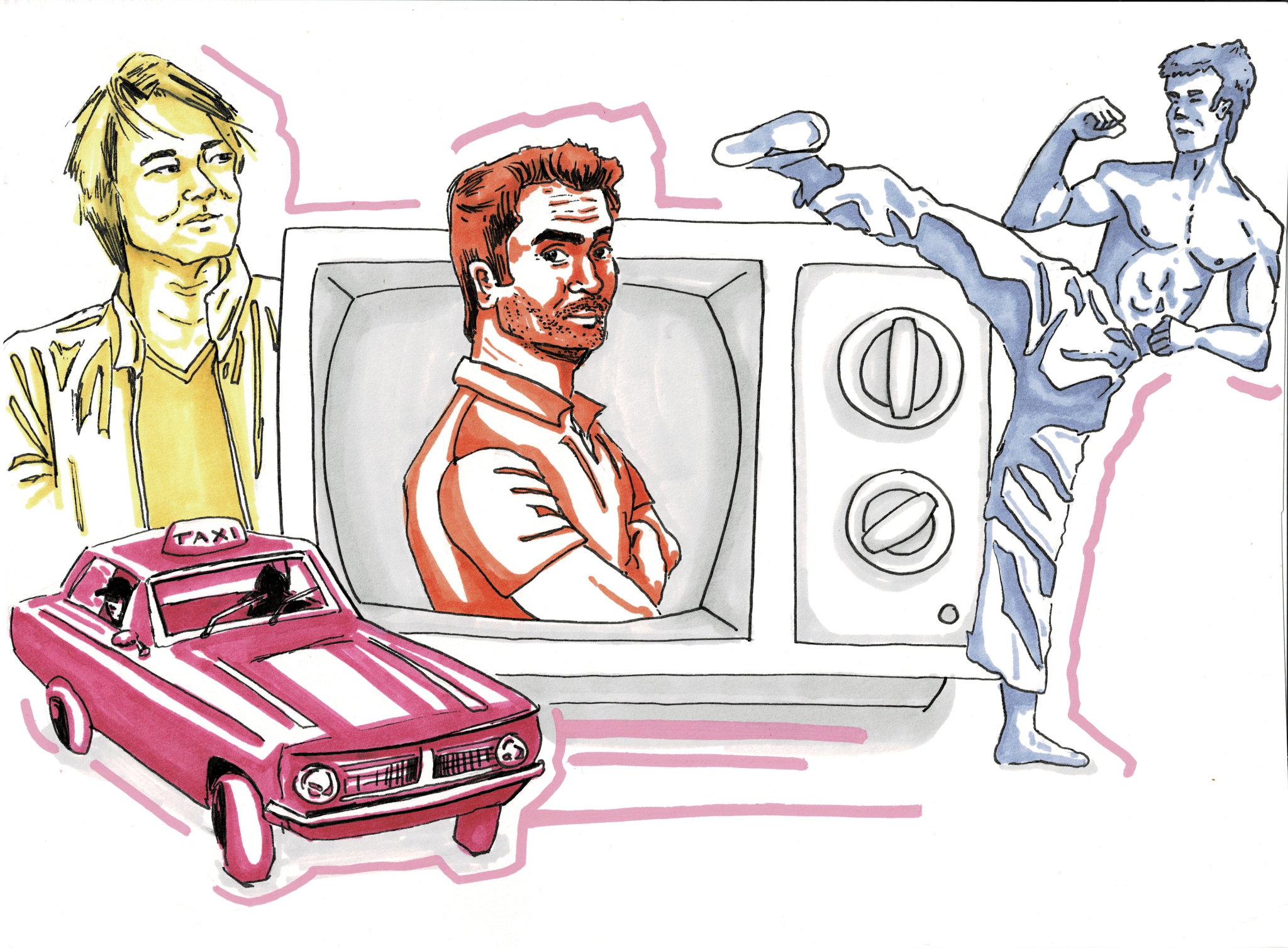CHAN IS MISSING (1982)
The first Asian American directed movie is ultra-indie. Made on a budget of $22,000, shot in black and white, and with less-than-stellar audio quality, it’s a miracle “Chan is Missing” ever got made. Arguably more miraculous is how much it was ahead of its time. Exploring the pluralism and dissonance in the early 80s San Francisco Chinatown community through the lens of a comedic mystery, “Chan is Missing” is a thought-provoking joy to watch. The movie’s protagonists travel a long and aimless road to find the titular Chan (shocker: he’s missing), and along the way meet innumerable Chinese American characters, each with idiosyncrasies that are lovingly specific. Balancing its jokes with poignancy, the film is ultimately a reflection on Chinese American identity (and if one single Chinese American identity even exists), as well as a loving portrait of Chinatown in the early 1980s. “Chan is Missing” is Asian American brilliance.
MISSISSIPPI MASALA (1991)
About the Indian American daughter of a family banished from Uganda who falls in love with an African American young man, “Mississippi Masala” is fundamentally multicultural. In exploring complex interracial tensions, the film is necessarily more serious than other romances. But the key to the movie is balance, as it skillfully blends sweet and genuine romantic scenes with family drama. It doesn’t shy away from the ugliness of racism, or the complex politics of its historical subject matter. At the same time, it’s incredibly sweet. It’s a beautiful blend of elements, a film that recognizes the intimate nuance of intercultural relationships.
ENTER THE DRAGON (1973)
Everyone knows “Enter the Dragon,” Bruce Lee’s first and only American film before his death. But few young people have actually seen it. To this generation, Bruce Lee is a legend, lauded by parents and documentaries, but never actually seen in action. Part of the appeal of “Enter the Dragon” is just that you are staring at Bruce Lee, the real man. The film elevates his legendary status further by using him sparingly. At one point, a fellow martial artist holds Lee back, knowing his opponent is beneath him. And Bruce Lee’s character is just called Lee — as if his fame and talent transcend fiction. All this means that when the film does let loose, climaxing in eight glorious and uninterrupted minutes of Bruce Lee Kung Fu, you know he’s the best ever.
BETTER LUCK TOMORROW (2002)
“Better Luck Tomorrow” is almost too Asian American. It opens on the perfectly boring suburban streets of Orange County, and then transitions to a montage of all the esoteric extracurriculars its lead partakes in hopes of attending an Ivy. But when its five protagonists tire of playing by the rules, they pick up crime on the side, selling cheat sheets first, and drugs soon after. It’s edgy and rough (the film was one of the first released by MTV), but it’s also real and resonant. Their toxically masculine power trip gets shattered just as easily as it was put up. What’s left is a sympathetic but unflinching portrayal of the deep stress inherent to being an Asian American teen with a bright future ahead.





